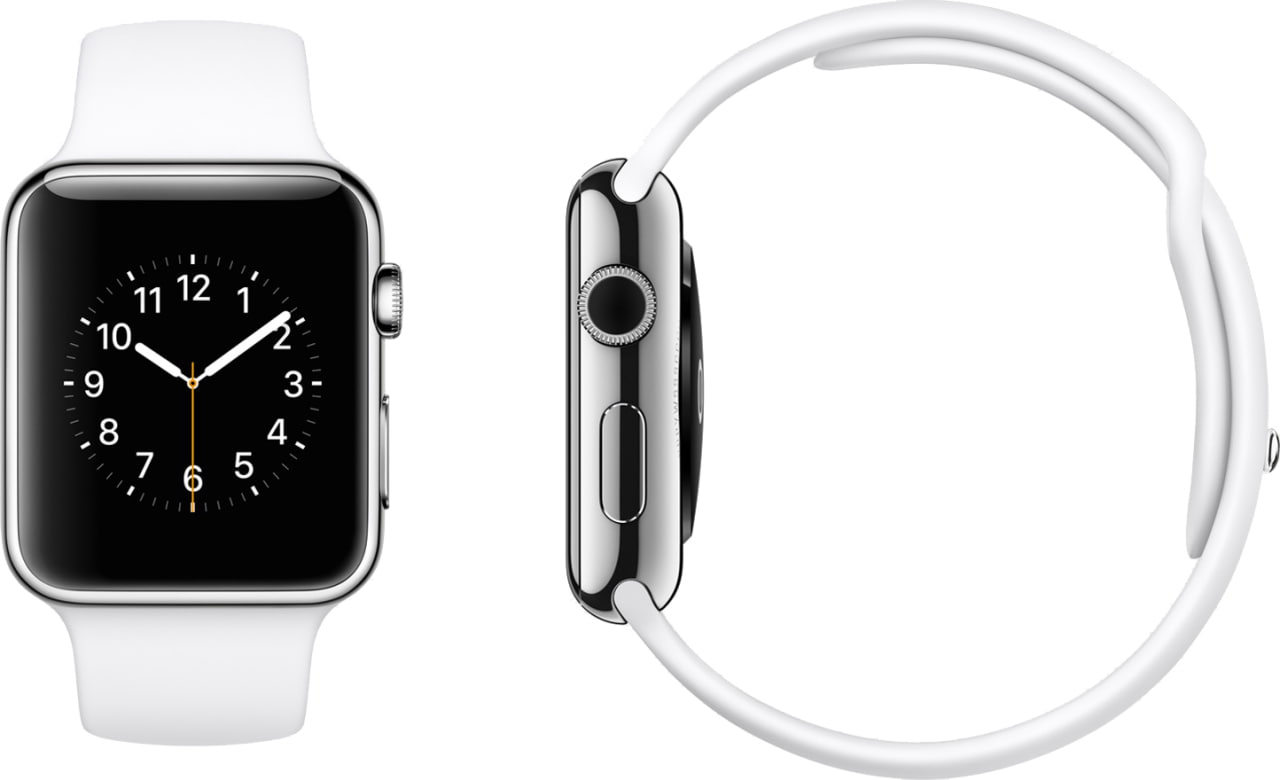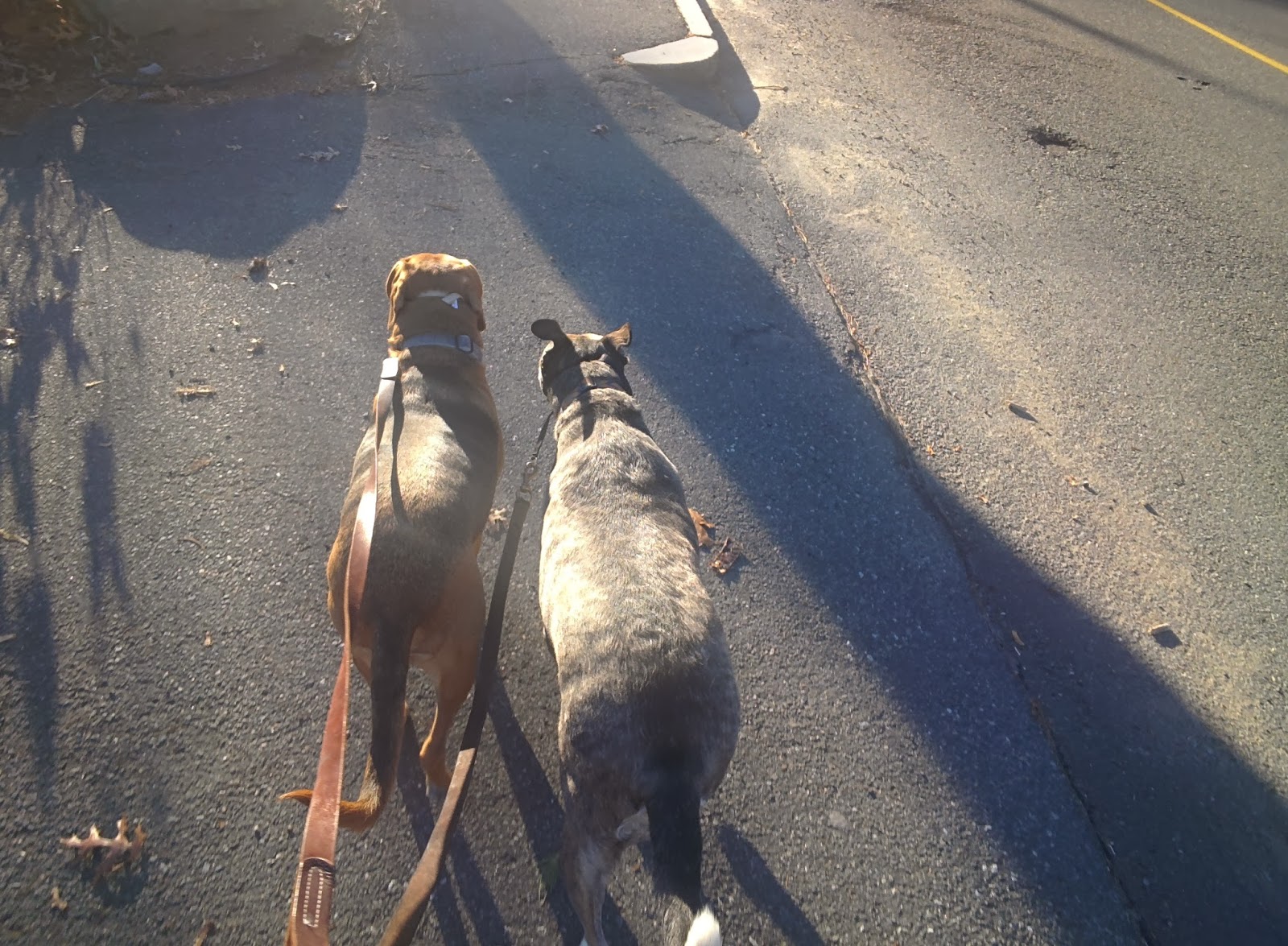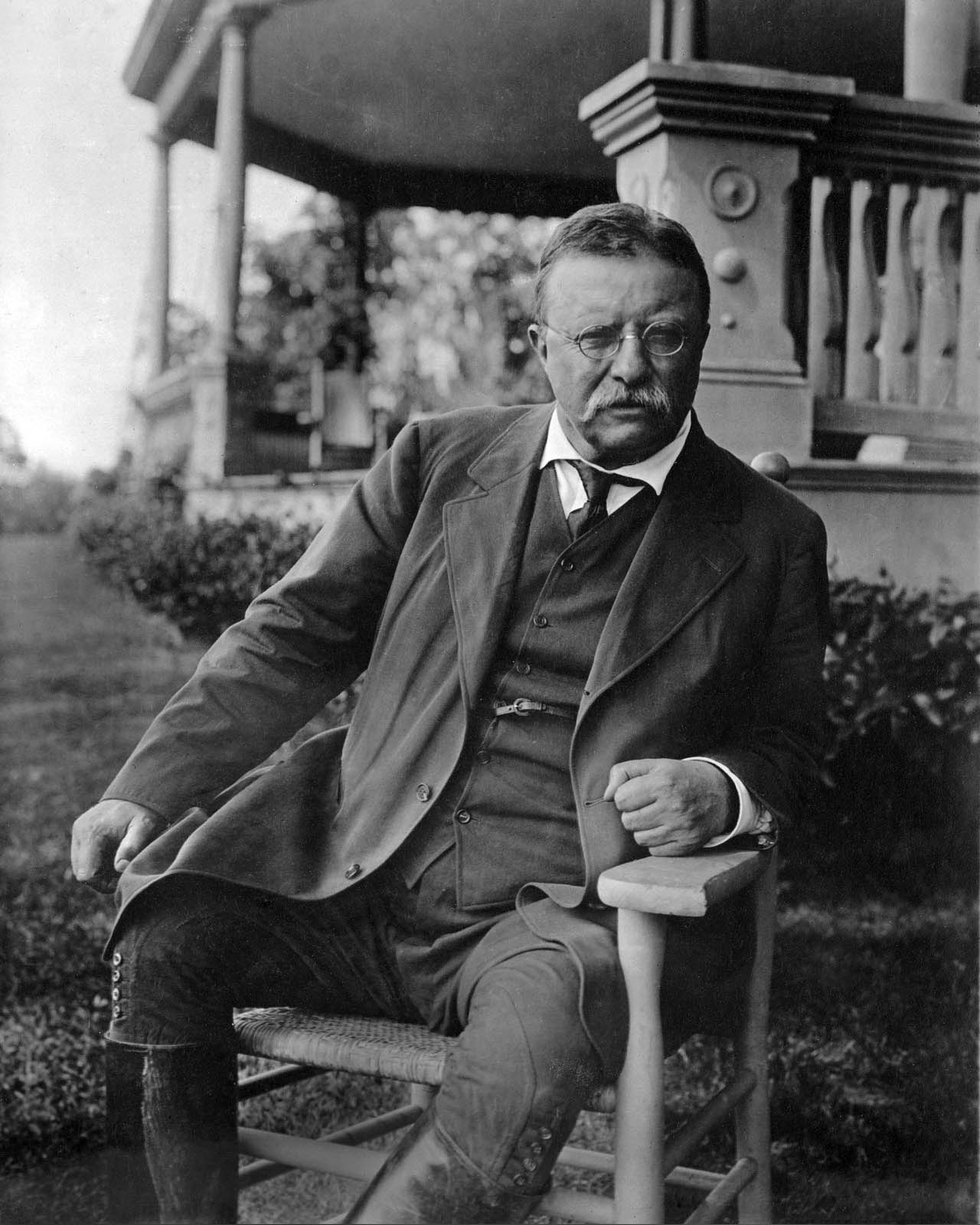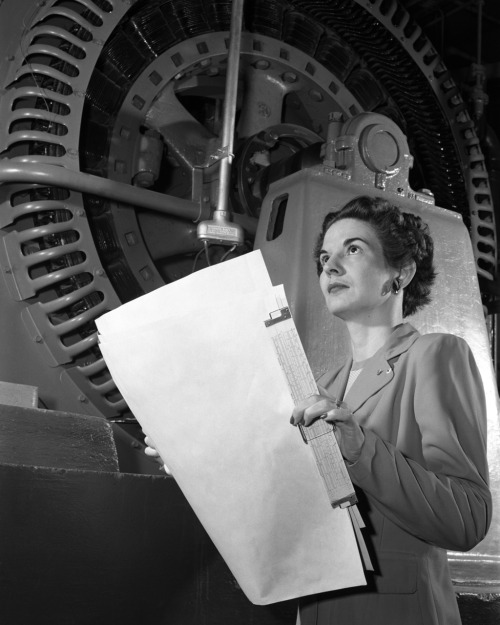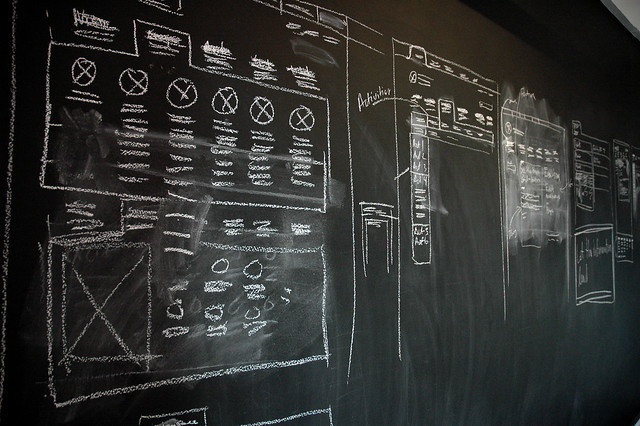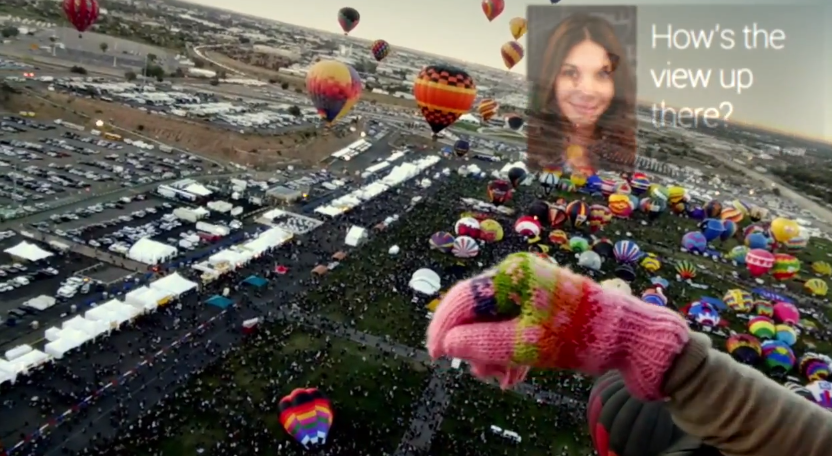Since I've been focused solely on wearables for about three years now at APX (www.apx-labs.com), I figured this was a good time to share some of my lessons learned and tips from the field for designing for wearables.
Have a clear purpose.
Don't be surprised by a Gold Rush mentality here. Some people are going to be more excited about the idea of creating a wearable app than what the app will actually do. It's your responsibility to hold the train up and make sure it's headed in the right direction. Push for answers on questions like: Why should we create a wearable solution? What will be the concept or the purpose behind it? Will it complement, replace, extend, or simply add to our product? How might it improve the overall product offering? If you're satisfied with these answers, then definitely proceed. If the answers are weak, or you don't share the same views, you may want to stay at whiteboard until you do.
Define your product intent.
Once your purpose is in place, it's time to shift to your users. It is absolutely critical that you have a shared understanding with your product team about the human goals driving your wearable app. You will need to clearly define what you expect people will able to do with this product and how you're going to make that possible. This will surely align with your current product offering, but don't be afraid to look for opportunities to evolve to support new goals and behaviors. The wearable version of your product may provide new value that wasn't possible before.
Some questions that you'll want answered as a team: Why will people use our wearable app? What will they be able to do that they can't do today? Will that improve their overall experience with our product? How will they explain, think, or talk about our wearable app?
Jeff Gothelf of Lean UX gives a much better explanation of the importance of shared understanding than I could. I suggest you check it out.
Re-introduce your user.
 I'm sure you've created user personas, conducted interviews and observations, and collected every bit of data that you can find. That's fantastic and certainly won't be tossed out for a wearables project. However, take the time to step back and re-evaluate your users as their experience with your wearable product may be vastly different than what they experience today. What do you expect they'll be doing when they use the wearable version? Walking or running? Perfoming a job? Making purchases or other decisions? Are they alone or is it a social setting? Find the insights that may distinguish your wearable experience from competitors and even your own existing product.
I'm sure you've created user personas, conducted interviews and observations, and collected every bit of data that you can find. That's fantastic and certainly won't be tossed out for a wearables project. However, take the time to step back and re-evaluate your users as their experience with your wearable product may be vastly different than what they experience today. What do you expect they'll be doing when they use the wearable version? Walking or running? Perfoming a job? Making purchases or other decisions? Are they alone or is it a social setting? Find the insights that may distinguish your wearable experience from competitors and even your own existing product.Context is king.
The Android design team over at Google has a great line about designing for context with wearables: "Focus on not stopping the user and all else will follow". It's entirely true. If you've assessed the context of your user, you know where they will be, what they'll be doing, and who they'll be with when they're using your product. This context is much more important with wearable devices than it is with desktop or even mobile experiences. Interactions should be swift and seamless - this includes responding to alerts (which there should be very few), viewing information, and taking actions.
Be driven by behaviors.
It's easy to get caught up in features because they're so tangible. They're the nouns in the product and the bullets on the website. Yet, designing with feature first always leads to disjointed user experiences. It's far more effective to have user behaviors drive your design process. These are the verbs that cut through the product features, describing how a person will go from wanting to do something to having it done. User journeys have been around forever and their value is widely known, so this is nothing new. What is new, however, is the advent of wearables and the only way to enable seamless interaction in context is to favor the verbs over the nouns.
Leave stuff out.
Show me a wearable product that tries to replicate a desktop or mobile experience and I'll show you the Uninstall button. Nobody wants a smaller, more crowded, and harder-to-use version of your product. Use your knowledge of your users to determine only the critical features to leave in and most frequent behaviors to enable. This may require some hard decisions and in-house debating, but I can promise it's worth it. The market won't give you points for replicating your existing product experience but they will reward you for creating a great one.
Manage the big picture
If you're creating a wearable app, it is possible that it is a wearable version of some larger product experience that spans desktop, mobile, or other devices. While you and your team are likely obsessing day and night about this exciting new version of the product, I caution you to not lose sight of the broader perspective. Your shiny wearable version of the product may stand alone just fine, but it's also part of a larger product ecosystem. To your user, it's all one product experience. Make sure that what you're creating complements and extends the existing product. It may even create new opportunities for value on the existing platforms.
...and watch the little picture.
The best way to manage the complexity of a cross-device user experience is to have strong rules and principles that bind the features and devices. It's important to remember that people are usually busy, distracted, and are not experts with your product, so make life easy for them. It's your responsibility to make sure that they're being presented with a simple and enjoyable product experience. Make sure that the rules for interacting with the product are clear, intuitive, consistent, and predictable. If you're not sure what I mean by interaction rules, I highly recommend Dan Saffer's Microinteractions: Designing With Details
Those are my current tips for designing for wearables. I hope they've provided you with a good roadmap as you start your journey. Please reach out to me if you think I've left anything out here as I would like to learn from other people working with these products as well. You can also follow me on twitter (@toddreily) or track the products I'm working on at APX Labs (@apxlabs or www.apx-labs.com). I look forward to hearing from you.

